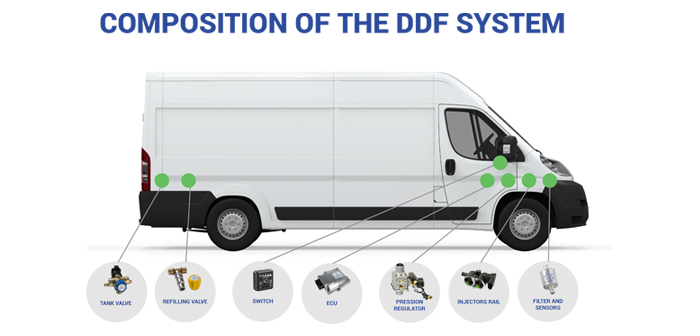

The Diesel/Natural Gas Dual Fuel system is an innovative sequential injection system designed for conversion of diesel engines on commercial and public transport vehicles into engines capable of running on a blend of diesel and natural gas. The system's sophisticated special electronics blend the two fuels, giving preference to use of natural gas with the economic benefits this brings.
The Diesel Dual Fuel Electronic Control Unit calculates in real time the amount of diesel fuel it can decrease and the amount to be injected, ensuring the same power output and fewer pollutants compared to the original engine, thus reducing consumption and running costs while retaining the same lifespan and performance of the original engine.


© Copyright Reserved | Victory